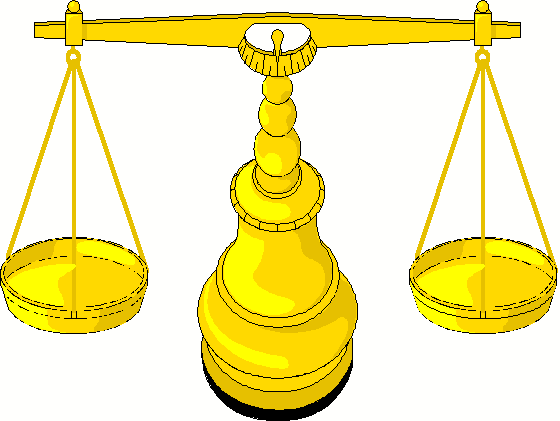The Approaching Fury
In the Approaching Fury: Voices of the Storm 1820-1861, biographer and historian Stephen B. Oates tells the story of the coming of the American Civil War through the voices and from the viewpoints of thirteen principal players in the drama, from Thomas Jefferson and Henry Clay in the Missouri crisis of 1820 down to Stephen A. Douglas, Jefferson Davis, and Abraham Lincoln in the final crisis of 1861. This unique approach shows the crucial role that perception of events played in the sectional hostilities that bore the United States irreversibly toward a national smashup. In addition to Jefferson, Clay, Douglas, Davis and Lincoln, other speakers and participants are Nat Turner, William Lloyd Garrison, John C. Calhoun, Frederick Douglass, Harriet Beecher Stowe, George Fitzhugh, John Brown, and Mary Boykin Chesnut. Each character takes his or her turn onstage, serving as narrator for critical events in which he or she was the major instigator and participant or eyewitness. In writing the dramatic monologues, Oates drew on the actual words of his speaker - their letter, speeches, interviews, recollection, and other recorded utterances - and then simulated how, if they were reminiscing aloud, they would describe the crucial events in which they were the principal actors or witnesses. All the events and themes in the monologues adhere to the actual historical record.
The approaching fury: assignment (lI only)
|
Required Readings: There are four parts/sections in "The Approaching Fury" as well as a prologue. All participants will read the prologue, The voices of Thomas Jefferson, Henry Clay, Stephen Douglas, Jefferson Davis, Abraham Lincoln, Nat Turner, William Lloyd Garrison, John C. Calhoun, Frederick Douglass, Harriet Beecher Stowe, George Fitzhugh, John Brown, and Mary Boykin Chesnut weave their way throughout each section of the text; participants will select a minimum of three voices and read their entries found within each part of the text. Lastly when finished participants should read the epilogue of the text. When finished with their readings participants should follow the instructions below to select multiple 'voices' within the text and complete a similarities and differences learning activity.
Required Assignment: The ability to break a concept into its similar and dissimilar characteristics allow us to understand (and often solve) complex problems by analyzing them in a simple way. Teachers can either directly present similarities and differences accompanied by deep discussion and inquiry, or simply ask students to identify similarities and differences on their own. Research also notes that graphic forms are a good way to represent similarities and differences. Use Venn diagrams or charts to compare and classify items. Engage students in comparing, classifying, and creating metaphors and analogies.
|
SUggested online formats
|
This interactive online guide provides a step by step template for writing comparative essays. It provides the prompt and allows the student to save their work when finished.
In the classroom and at home, students use Popplet for learning. Used as a mind-map, Popplet helps students think and learn visually. Students can capture facts, thoughts, and images and learn to create relationships between them.
In their book Classroom Instruction That Works, Robert J. Marzano, Debra J. Pickering, and Jane Pollock present four “forms” of identifying similarities and differences: comparing, classifying, creating metaphors, and creating analogies.For each form, this link has an overview and links to related content and tips for classroom instruction. General links provide information about one or more forms of the strategy.
|
This APP helps students make a straightforward Venn Diagram. Students can color code, title and add multiple bubbles. When finished work can be saved online.
Creately graphic organizers are visual representations of knowledge, concepts, thoughts, or ideas. They are usually presented in an easy to understand format, such as charts, tables, and graphs.
This site,, compliments of Hawkeye Community College provides nine distinct templates that prompts the learner to consider, what do I already know that will help me learn this new idea? This fosters relationships and connections to new understanding. The templates provided all focus no identifying similarities and differences.
|
This online program helps students make a straightforward Venn Diagram. Students can color code, title and add multiple bubbles. When finished work can be saved and downloaded as a PDF
Students compose a poem for two voices in the “voice” of the two individuals. Poems are then b read aloud by two students, each assuming one of the voices from the poem. Poems can be written/adapted for more than two Voices
This site help students write an authentic diary/journal entry about an assigned historical event from the perspective of an individual at the time. Students examine a forged historical entry and an actual entry for evidence of the criteria for an authentic
diary/journal. Students then create a brief biography of an assumed character and write an entry that involves an historical event, as seen through the eyes of this character. |
Your browser does not support viewing this document. Click here to download the document.

